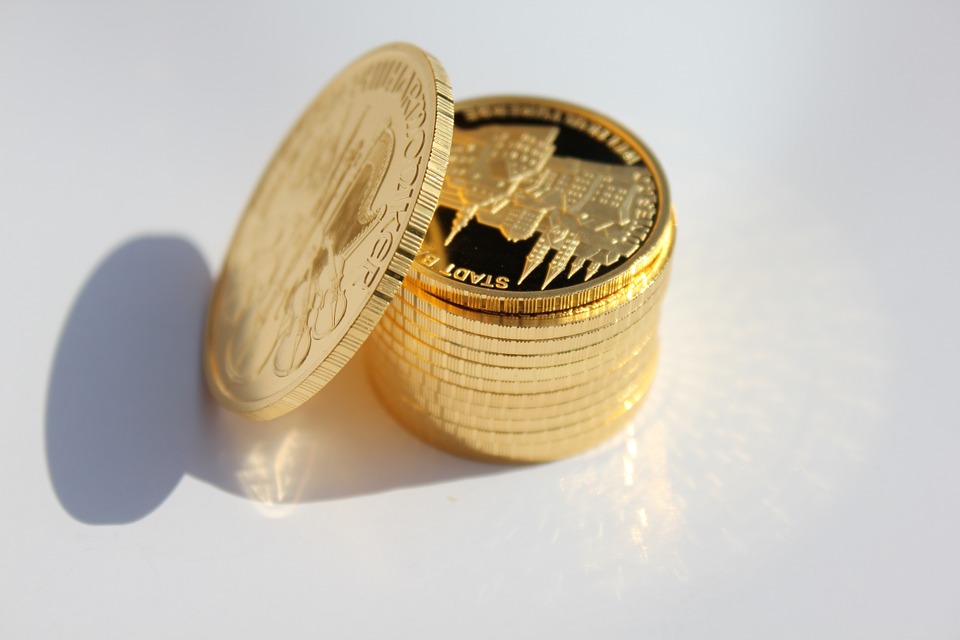Market analysis on behalf of Rania Gule Market Analyst at XS.com
Gold prices (XAU/USD) have experienced a rapid recovery amidst the improved attractiveness of safe-haven assets amid escalating tensions in the Middle East. The current price is trading near $2029. The sustainability of this recovery will be tested through the release of the U.S. Consumer Price Index (CPI) data for January, scheduled for later today, Tuesday.
With the Federal Reserve keeping interest rates steady between 5.25% and 5.50% for an extended period, inflation rates are expected to stabilize. Weakening inflation is positive for gold, as it increases the likelihood of lower interest rates, reducing the opportunity cost of holding non-yielding assets like gold.
The Federal Reserve continues to retreat from expectations of significant interest rate cuts in 2024, believing that achieving its 2% core inflation target remains distant. The strong demand for labor in the United States and notable improvements in economic activities, despite rising interest rates, prompt Federal Reserve officials to seek more data and evidence to ensure price stability before initiating interest rate cuts.
Weaker-than-expected inflation data is anticipated to boost hopes for interest rate cuts. Despite escalating tensions in the Middle East, threats of invasion in densely populated refugee areas in Rafah, Yemeni Houthi attacks on commercial ships in the Red Sea connected to the United States and Britain, and geopolitical uncertainty dominating the markets, the main catalyst for price movements remains the U.S. inflation data for January.
Traders and investors currently see a 48% chance of a 25-basis points interest rate cut, bringing interest rates to a range of 5.00%-5.25% at the monetary policy meeting in May. Volatility is expected to remain high this week with the release of U.S. retail sales data for January, providing insights into consumer spending and the deviation from recession amid declining inflation.
The financial markets in China are closed this week for the Chinese New Year holiday. In January, inflation in China dropped by 0.8% yearly, marking the largest decline in 15 years. This increases the likelihood of a contraction in the world’s second-largest economy. However, the downward trend for gold may be limited due to additional stimulus measures taken by Chinese authorities to boost the market.
In the event of an unexpected upward surprise in U.S. Consumer Price Index numbers, the Federal Reserve’s hawkish stance is likely to trigger a new selling wave in the gold price. Conversely, if the numbers come in weaker than expected, it could support expectations of an early interest rate cut in the current year, sparking a significant rise in gold prices. Caution is advised as the announcement of economic data approaches.



























